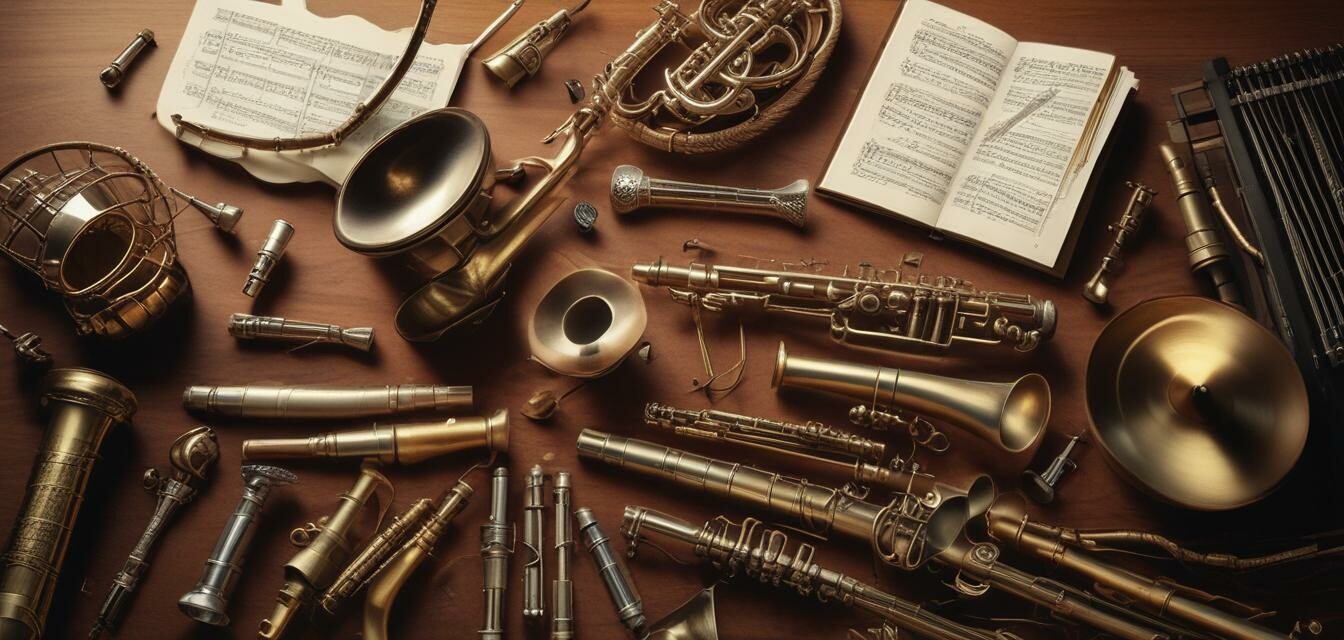
The Top Instruments for Future Music Teachers
Key Takeaways
- Understanding a variety of instruments is crucial for effective music teaching.
- Versatility in playing multiple instruments helps cater to different student needs.
- Familiarity with instrument characteristics enhances pedagogical effectiveness.
- Engagement with different music styles can inspire creativity in students.
- Knowledge of maintenance and care is essential for instrument longevity.
As future music teachers, it's vital to have a strong foundation in various musical instruments. This knowledge not only enhances your ability to teach but also enriches your students' musical journey. In this buying guide, we’ll explore essential instruments every budding educator should consider, focusing on their versatility and pedagogical benefits.
Why is it important for music teachers to know various instruments?
Being familiar with different instruments allows teachers to:
- Effectively demonstrate techniques and concepts.
- Identify the unique characteristics of instruments and their roles in an ensemble.
- Encourage students to explore diverse musical styles.
- Provide meaningful feedback based on instrument-specific techniques.
Essential instruments for music teachers
Below is a table highlighting essential instruments that future music teachers should prioritize learning:
| Instrument Type | Benefits | Pedagogical Focus |
|---|---|---|
| Brass Instruments | Powerful sound and broad range | Breath control and embouchure |
| Woodwind Instruments | Variety of timbres and expressive capabilities | Articulation and finger coordination |
| String Instruments | Rich sound and versatility | Bow techniques and string manipulation |
| Percussion Instruments | Rhythm development and coordination | Timing and ensemble dynamics |
| Keyboard Instruments | Foundation for music theory and harmony | Chord structures and reading music |
1. Brass instruments
Brass instruments such as trumpets, trombones, and tubas provide a bold sound. These instruments require control of breath and lip tension, key aspects that can be taught effectively to students.
2. Woodwind instruments
Woodwinds, like flutes, clarinets, and saxophones, are expressive and versatile. They offer valuable lessons on articulation and finger placements, making them excellent for teaching musical concepts.
3. String instruments
Strings, such as violins, violas, and cellos, are foundational for understanding music theory. Their techniques require a grasp on bowing and finger styles, enriching a teacher's skill set.
4. Percussion instruments
Percussion instruments like drums and tambourines develop a sense of rhythm, essential for any musician. Understanding these instruments can enhance a teacher's ability to instruct on timing and coordination.
5. Keyboard instruments
Finally, keyboards (pianos and synthesizers) are integral for teaching music theory. They provide a visual representation of musical concepts, making them accessible even for younger students.
Additional considerations
When considering which instruments to focus on, think about:
- The age of your students and their interests.
- Of the instruments you are most comfortable teaching.
- Resources available for maintenance and repair.
- Opportunities for students to perform and engage with various instruments.
Highlighting instrument accessories
Aside from the instruments themselves, familiarize yourself with various instrument accessories. These can aid in both performance and maintenance, ensuring students have the best tools for their musical journey.
Conclusion
Being well-versed in a range of instruments can significantly impact your effectiveness as a future music teacher. The ability to adapt your teaching style based on the instruments allows you to offer a diverse educational experience. Make sure to explore our Buying Guides for more insights on selecting instruments suited for teaching.
Pros
- Increased versatility in teaching.
- Ability to cater to diverse student needs.
- Enhanced music appreciation among students.
- Effective classroom engagement through multiple instruments.
Cons
- Time-consuming to learn multiple instruments.
- Potentially high costs of acquiring various instruments.
- Maintenance and care responsibilities.